소개
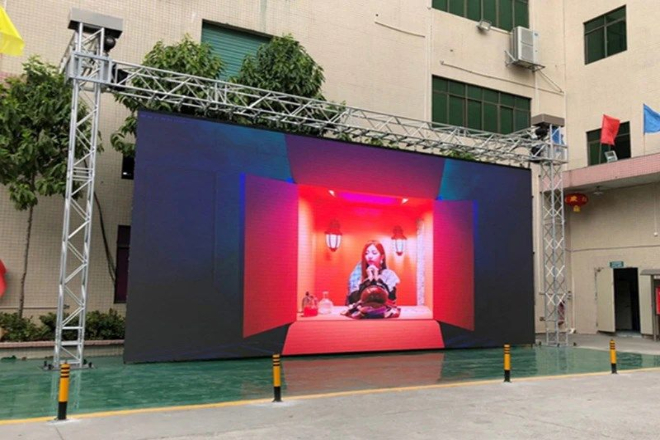
Have you ever worried about how to properly store 렌탈 LED 디스플레이 during idle periods?
Improper storage of equipment may cause damage or even shorten its service life, which will undoubtedly cause you unnecessary economic losses.
Don’t worry! This article will reveal the storage secrets of rental LED displays when not in use, so that you can easily grasp the key points.
목차
1. Preparation before storage of rental LED displays
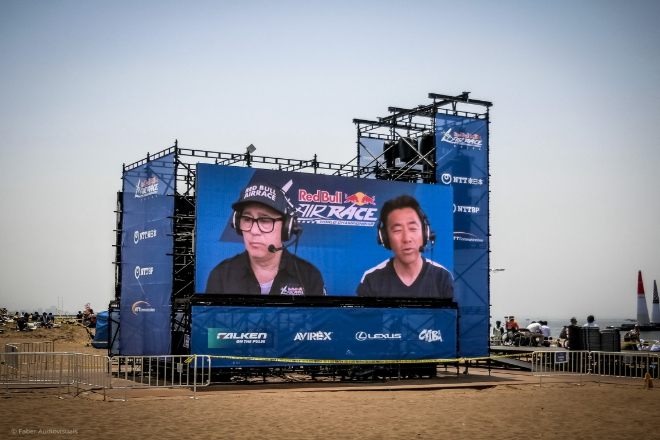
Before storing the LED display, it is like “taking a bath and doing an inspection” for the equipment, so that the equipment will be in good condition and will not have problems when it is taken out for use next time.
The preparation work mainly involves two things: wiping the equipment clean and checking whether there are any problems with the equipment.
1). Equipment cleaning
After the equipment has been used for a period of time, there will definitely be dust and stains, just like sweating.
If it is not cleaned, too much dust will affect the heat dissipation of the equipment and even corrode the screen.
When cleaning, use a soft, clean cloth, such as an old T-shirt, to gently wipe the surface of the screen. Just like wiping the screen of a mobile phone, be gentle and don’t rub the screen.
Never use chemical solvents, such as alcohol, detergents, etc. These things may damage the coating on the surface of the screen, and the screen will be easily damaged.
2). Check the status of the device
Checking the status of the device is very important, just like “doing a physical examination” for the device to see if there is anything wrong.
First, check the various modules of the display screen and whether the connection parts of the power cord and the data cable are loose or damaged.
For example, if the plug of the power cord is loose, it may have poor contact the next time it is used, and the screen will not light up; if the data cable is damaged, the screen may freeze or go black.
Then open the back cover of the device (if it can be opened) to see if there are any signs of burning or broken components.
If you find burnt areas on the circuit board, you must deal with it quickly, otherwise it may be more serious the next time you use it.
Finally, write down the status of the device, just like taking notes. For example, which module is a little loose, which line is a little ageing?
Write it down. In this way, you can quickly find the problem when you use it or repair it next time, and you won’t be in a hurry.
Although the preparation work before storage is a bit troublesome, it is very important.
Wiping the equipment clean can prevent dust and stains from damaging the equipment; checking the equipment status can timely discover potential problems.
This is like giving the equipment a “bath and checkup” before it “rests”, so that it can “rest” safely and healthily, and it can also perform at its best when it is used next time.
2. Storage environment requirements for rental LED display screens
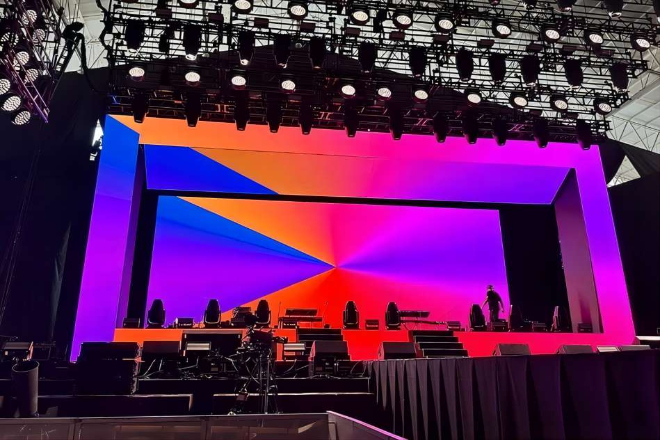
Storing LED display screens is like finding a “comfortable home” for the equipment. If the environment is not good, the equipment will easily “get sick”.
In simple terms, it is necessary to control the temperature and humidity, and do a good job of moisture and dust prevention, so that the equipment can “rest” safely.
1). Temperature and humidity control
The temperature of the place where the LED display screen is stored should be between 0℃ and 40℃. This is like where people live, and it is uncomfortable to be too cold or too hot.
The same is true for equipment. If the temperature is too low, the electronic components may be “frozen”, and the performance will deteriorate.
If the temperature is too high, the equipment may be “heat damaged” or even directly damaged.
Humidity is also critical and should be controlled between 40% and 60%. If the humidity is too high, the equipment is prone to “moisture”, such as short circuit and rust.
If the humidity is too low, static electricity will “make trouble” and may “damage” the equipment.
Therefore, it is best to place the equipment in a well-ventilated, dry and temperature-stable indoor space, such as a warehouse or a special equipment room. Never place it in direct sunlight, otherwise the equipment will be “damaged”.
2). Moisture-proof measures
You can put the display screen in a moisture-proof box or a moisture-proof cabinet, just like putting on a “waterproof coat” for the equipment to prevent moisture from getting in.
Put some desiccant, such as silica gel desiccant, in the moisture-proof box or moisture-proof cabinet, which can absorb excess moisture and keep the equipment dry.
However, the desiccant will be “full” after a period of use and can no longer absorb moisture, so it should be replaced regularly to ensure that it is always effective.
In this way, the equipment can “rest” in a dry environment and will not “get sick” due to moisture.
3). Dust-proof measures
Cover the display screen with a dust cover or dust cloth, just like putting on a “mask” for the equipment to prevent dust from getting in.
The place where the equipment is stored should also be kept clean, and dust should be cleaned regularly so that the equipment can “rest” in a clean environment.
Too much dust will not only affect the heat dissipation of the equipment, but may also cause a short circuit in the circuit board inside the equipment, so the dustproof step is very important.
Clean the storage environment regularly and keep the storage area clean so that the equipment can “rest” safely.
3. Storage and placement precautions for rental LED display screens
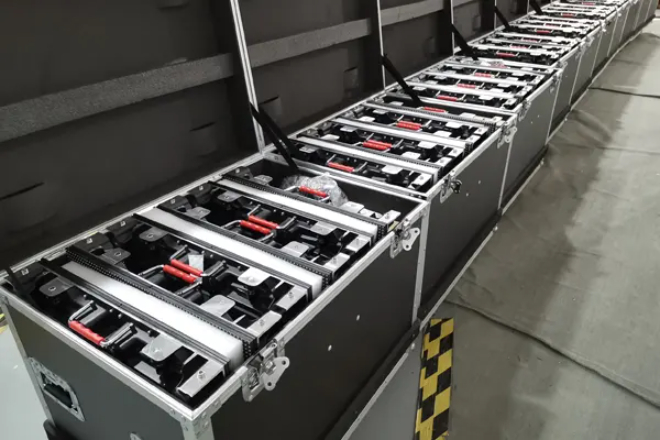
Rental LED displays are usually stored one by one in an air box, which is both safe and convenient. The air box is like a layer of “armour” for the equipment, which can protect the equipment well.
However, there are still some small details to pay attention to when storing, so as to ensure that the equipment will not have problems during storage.
1). Modular storage
Each LED display is placed separately in an air box, which is not only convenient for management but also avoids collision and damage between modules.
The design of the air box is very clever, with special foam or sponge pads inside, which can fix the module well and prevent it from swaying in the box.
It’s like a “tailor-made” nest for the equipment, each module has its own position and will not run around.
2). Avoid stacking
Although the air boxes are very sturdy, try to avoid stacking the air boxes with display modules too high.
If the stacking is too high, the box below may not be able to bear the weight above, causing the box to deform or damage the display module inside.
If stacking is really necessary, make sure the stacking height is reasonable and the bottom air box has enough support.
For example, you can put some sturdy brackets under the bottom air box, so that the weight can be dispersed and the equipment inside can be protected.
3). Fixing and supporting
In the air box, although the display module is fixed with foam or sponge pads, you still need to pay attention to the way it is placed.
When placing it, make sure that the display module is placed flat in the box, and don’t let it bend or twist.
Just like when you put a book, you have to put it flat, otherwise the book will be deformed.
At the same time, the lid of the air box should be closed and fastened, so as to prevent the box from opening due to vibration during transportation, and the equipment inside can be safer.
In summary, when storing the rental LED display module, each module should be placed separately in the air box, which is both safe and convenient.
When storing, try not to stack the air boxes too high. If you stack them, make sure that the bottom layer has enough support. When placing the module, make sure it is placed flat in the box and cover the box.
This way, the equipment can “rest” safely and will be like new when you take it out for use next time.
4. Regular maintenance during the storage of rental LED display screens
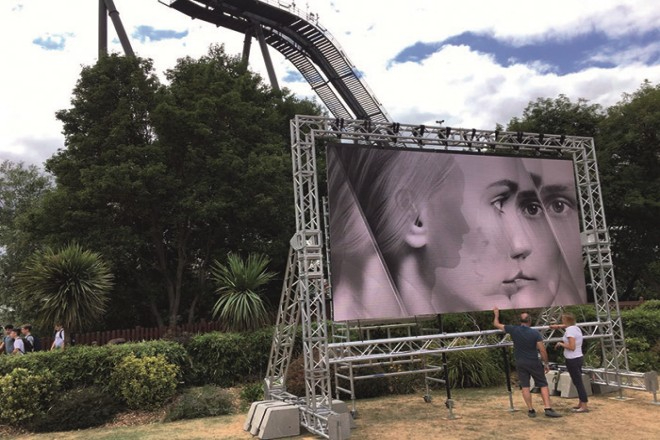
Storing LED display screens is not a matter of leaving them alone. It’s like parking your bicycle in the garage.
Occasionally, you have to take it out to check it, wipe off the dust, and inflate the tires.
The same is true for LED display screens. Regular maintenance is required during storage to ensure that the equipment can be used at any time without problems.
1). 정기점검
Every once in a while (such as every month or every quarter), you have to take out the stored LED display screen and take a look.
This is like giving the equipment a “small physical examination” to see if there is anything wrong. The inspection includes:
- Appearance:
Check if the screen has bumps or scratches, and if the box is deformed.
Connection parts: Check if the power cord, data cable and other connection parts are loose or damaged.
- Desiccant status:
If you use desiccant, check if it is still effective. If you find that the desiccant has absorbed enough water, you must replace it with a new one.
2). Power-on test
Power on the display screen regularly to test it, just like “powering on the device” to see if it can still work properly.
When testing, do not leave the device on all the time. The power-on time should be controlled, such as only turning it on for more than ten minutes, otherwise the device will be “overheated”.
If you find that the screen cannot light up or there is a problem with the display, you must quickly find a professional to check it out.
3). Cleaning and maintenance
Regularly clean the dust in the storage environment and on the surface of the display screen.
Too much dust will not only affect the heat dissipation of the device but may also cause a short circuit in the circuit board inside the device.
When cleaning, gently wipe the surface of the screen with a soft cloth, do not use too much force, and do not use chemical solvents.
At the same time, check the connection line to see if there is any looseness or damage, and tighten the loose screws by the way.
To sum up, regular maintenance during storage is like giving the equipment a “regular physical examination”, regularly checking the appearance, connection parts and desiccant status; regular power-on testing to ensure that the equipment can work properly.
Regular cleaning and maintenance are required to keep the equipment clean and tidy. In this way, the equipment can be kept in the best condition at any time, and it can be like new when it is taken out for use next time.
5. Safety and precautions when storing rental LED display screens
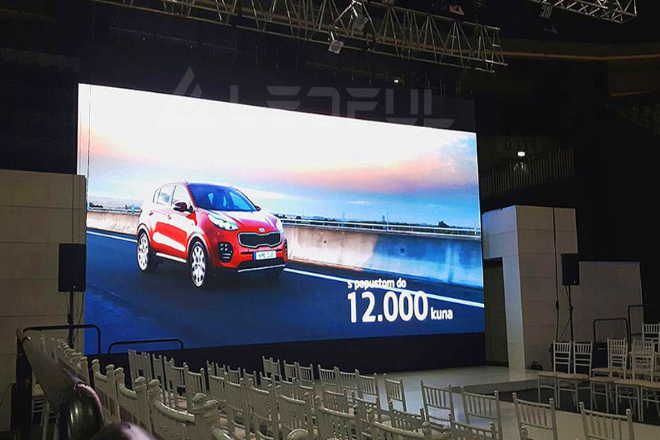
Storing LED display screens is not just a matter of finding a place to put them. There are many things to pay attention to.
If you are not careful, the equipment may have problems and even pose safety hazards.
Therefore, when storing, you must pay attention to fire prevention and anti-static, and you must also do a good job of marking and recording.
1). Fire prevention measures
Where the LED display screen is stored, you must pay attention to fire prevention.
This is like when you cook at home, you can’t put flammable items next to it, otherwise it is easy to cause a fire. Specifically:
- Equipped with firefighting equipment:
Fire extinguishers, smoke alarms and other firefighting equipment should be placed in the storage area. In case of a fire, it can be discovered and extinguished in the first time.
- Avoid flammable items:
Do not place flammable items such as cartons and cloth near the storage area, otherwise once a fire occurs, the fire will spread rapidly.
2). Anti-static measures
Although static electricity is invisible, it can cause great damage to electronic equipment. When storing and operating, pay attention to anti-static:
- Wear anti-static clothing:
Storage and operation personnel should wear anti-static clothing and anti-static gloves.
This can prevent the static electricity on the body from being transmitted to the equipment and “damaging” the equipment.
- Laying anti-static flooring:
It is best to lay anti-static flooring or anti-static mats on the ground in the storage area. This can effectively prevent static electricity accumulation and protect equipment.
3). Labelling and recording
The stored equipment should be clearly marked, just like you organise the bookshelf; each book should be labelled, so that it is easy to find. Specifically:
- Identify equipment:
Identify the stored LED display screen, indicating the equipment model, storage time and other information.
In this way, the next time you take it out for use, you can quickly find the right equipment.
- Establish records:
Establish storage records, and record the inspection and maintenance during the storage process in detail.
This is like writing a “diary” for the equipment, recording every inspection and maintenance, so that it is convenient to check the “health status” of the equipment in the future.
In summary, when storing LED display screens, you must pay attention to fire prevention and anti-static, and also make good markings and records.
Fire prevention measures can prevent fires, anti-static measures can protect equipment from static damage, and markings and records can make equipment management more convenient.
In this way, the equipment can “rest” safely and will be like new when it is taken out for use next time.
6. 결론
After mastering these storage skills, are you more confident in managing rental LED display screens?
Proper storage can not only protect the equipment but also save costs and improve efficiency.
마지막으로 LED 디스플레이 화면에 대해 더 알고 싶다면, 우리에게 연락해주세요.
다음 내용에 관심이 있으실 수도 있습니다.
Other articles about rental LED display:
